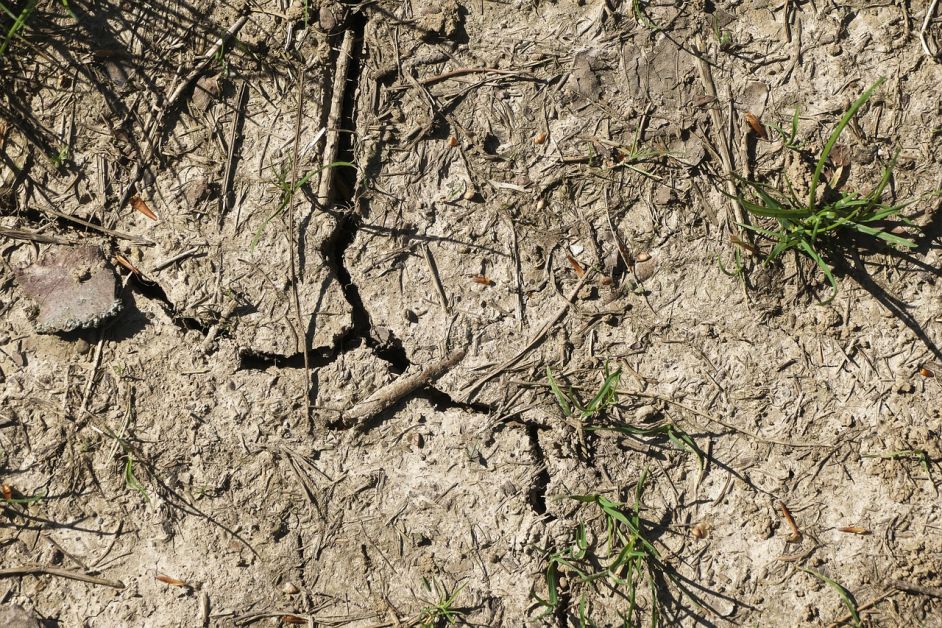
The federal and Alberta governments are partnering on a $165 million program to support livestock producers affected by this year’s drought and extreme growing conditions.
The two levels of government have partnered on the Canada-Alberta Drought Livestock Assistance program.
“Many Alberta livestock producers have faced multiple challenges this growing season. This year’s drought and excessive heat have resulted in our ranchers facing extra costs due to lost grazing days. We recognize their stress as the winter-feeding months approach. This program will help alleviate some of the cost pressures, and support producers in protecting their livelihoods while they continue to put food on tables around the world,” said RJ Sigurdson, Minister of Agriculture and Irrigation.
Funding for this joint AgriRecovery initiative is cost-shared through the Sustainable Canadian Agricultural Partnership (Sustainable CAP), with the federal government providing $99 million and Alberta’s government providing $66 million. Agriculture Financial Services Corporation (AFSC) will administer the program.
“I’ve had the opportunity to meet with farmers and producers from across Western Canada and they’ve shared just how challenging this growing season has been for their operations. With a total federal investment of $219 million for the western provinces through AgriRecovery, we’re helping them recover so they can continue to feed Canada, and the world,” said Lawrence MacAulay, federal Minister of Agriculture and Agri-Food Canada.
Sustainable CAP is a five-year program, beginning this year, and includes a $3.5 billion investment by federal, provincial and territorial governments to strengthen competitiveness, innovation and resiliency in the agriculture, agri-food and agri-based products sector. This investment includes $1 billion in federal programs and $2.5 billion in cost-shared programs funded 60 per cent federally and 40 per cent provincially-territorially.
Livestock producers with grazing animals will be able to apply for financial support to cover losses they incurred to manage and maintain their breeding herds. For example, eligible producers could access up to $150 per head for breeding animals. Program details are still being finalized with the Government of Canada, and more information will be available soon.
Drought-relief supports currently available for producers include:
AgriStability, a business risk management program, was reopened until Sept. 29 for late participation. This gave Alberta farmers and ranchers more time to reassess business risks and enrol to protect their operations.
Livestock Tax Deferral, a federal provision that allows livestock producers who are forced to sell all or part of their breeding herd due to drought to defer a portion of their income from sales until the following tax year. As of Oct. 20, there are 57 prescribed Alberta regions for the federal Livestock Tax Deferral.
Low Yield Allowance, which allows for additional cereal or pulse crops to be salvaged for livestock feed, was doubled by AFSC for 2023.
Water Pumping Program, which enables producers to rent pipe and pumping equipment from the Alberta government to fill dugouts from nearby water sources.
Temporary Livestock Water Assistance program, which enables livestock and poultry producers affected by water shortage and drought conditions to receive streamlined support.
Sustainable CAP Water Program, which helps producers adopt agricultural water management practices to manage risks to water quality and supplies and adapt to climatic variability.
AFSC’s Moisture Deficiency Insurance (pasture) and Moisture Deficiency Endorsement (hay), which compensates producers when precipitation falls below the normal expected amount at selected weather stations. Producers can also buy production insurance on hay crops.
















